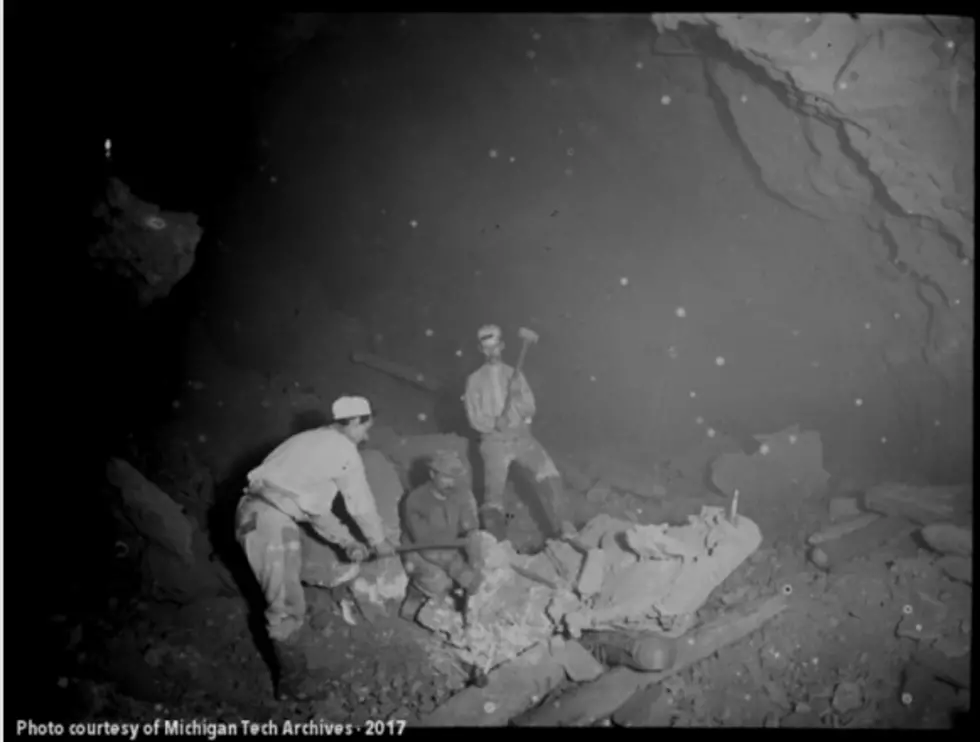
The Deepest Mine in Michigan: “Old Reliable”
Old mine shafts hold a fascination for explorers. The idea of venturing into a dark, damp, claustrophobic tunnel that has so many forks, twists, and turns may be a bold move, but also getting lost is an often-overlooked snap.
The average depth of Michigan’s iron mines ranged from 100 to 3,000 feet deep, and copper mines were even deeper. Some of those copper mine shafts were over a mile deep.....and Michigan’s deepest one went even further than that. I’ll tell you just how deep in a bit...
This particular shaft was just one excavated by The Quincy Mining Company that began operating in the Keweenaw Peninsula in 1846. For ten years the company floundered but hung in there until 1856 when a 12 to 15-foot thick copper deposit was discovered in the Keweenaw Peninsula. With this deposit, mining grew and the area became famous nationwide for its copper. In fact, Michigan produced the most copper in the United States by 1861. 9/10s of the nation’s copper was from Michigan and most of that came from the Quincy Mine between 1862 and 1868.

Quincy Mine was called “Old Reliable” by 1910, thanks to its production of 458 million pounds of copper.
Quincy’s mines were the country’s deepest by 1930, with the deepest ones over 9,000 feet. The very deepest – Michigan's deepest mine shaft – was the #2 Shaft, reaching a vertical depth of 9,240 feet.
The Great Depression put a squelch to Quincy’s mining in 1931, but re-opened in 1937. Even so, the boom days were over. The mining in the Quincy mines stopped in 1945.
Quincy Mine
MORE MICHIGAN MINES:
